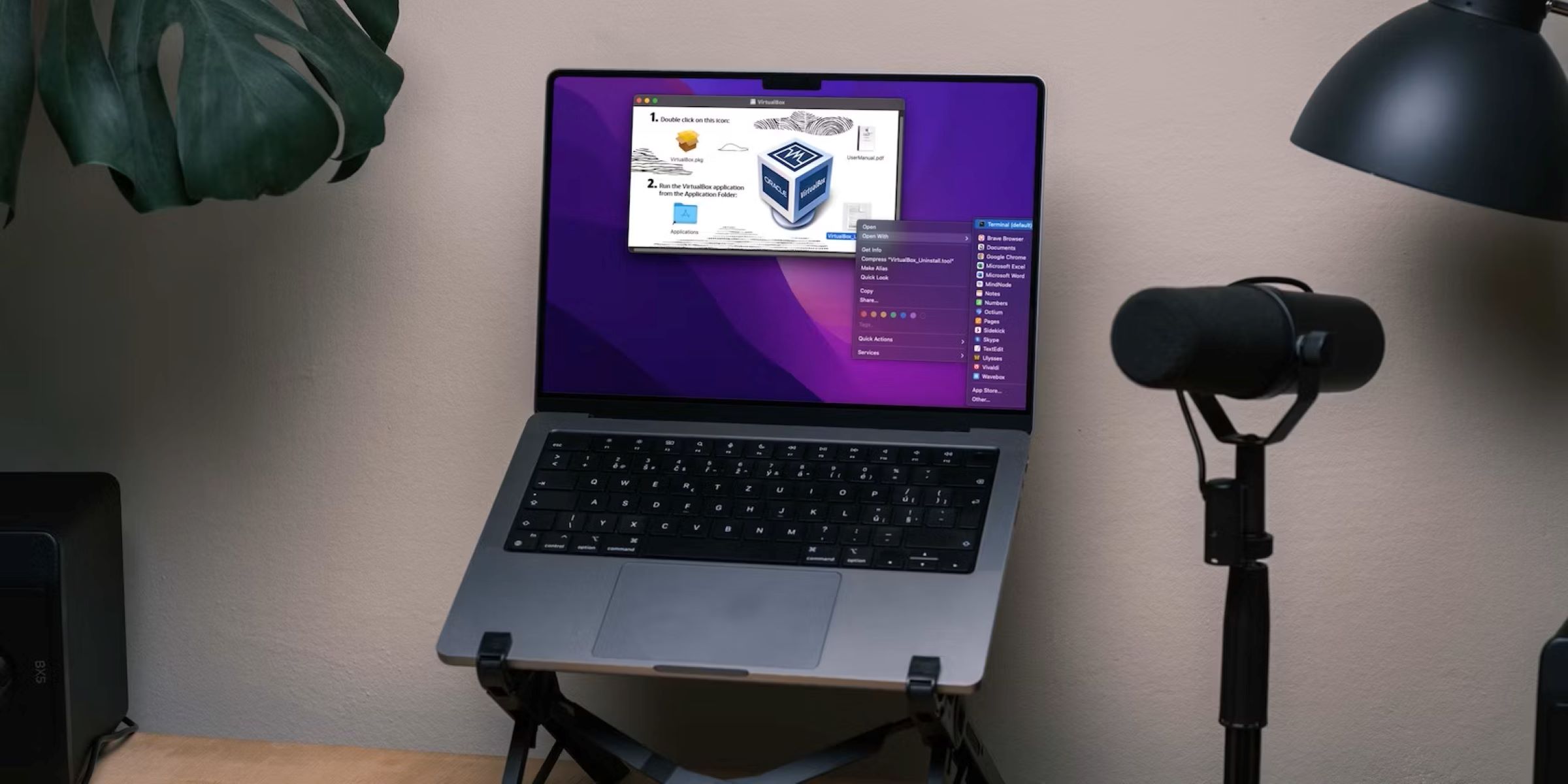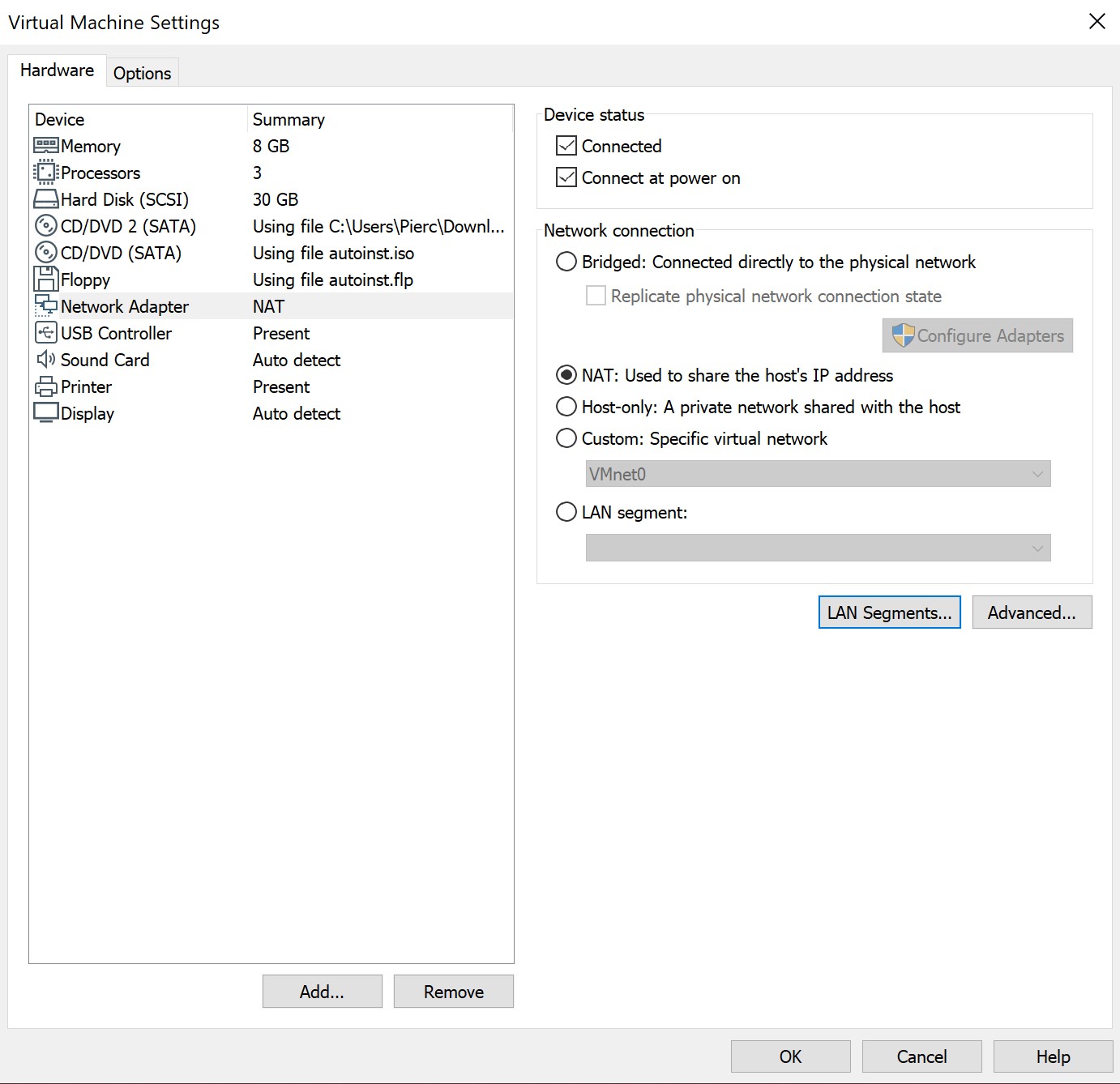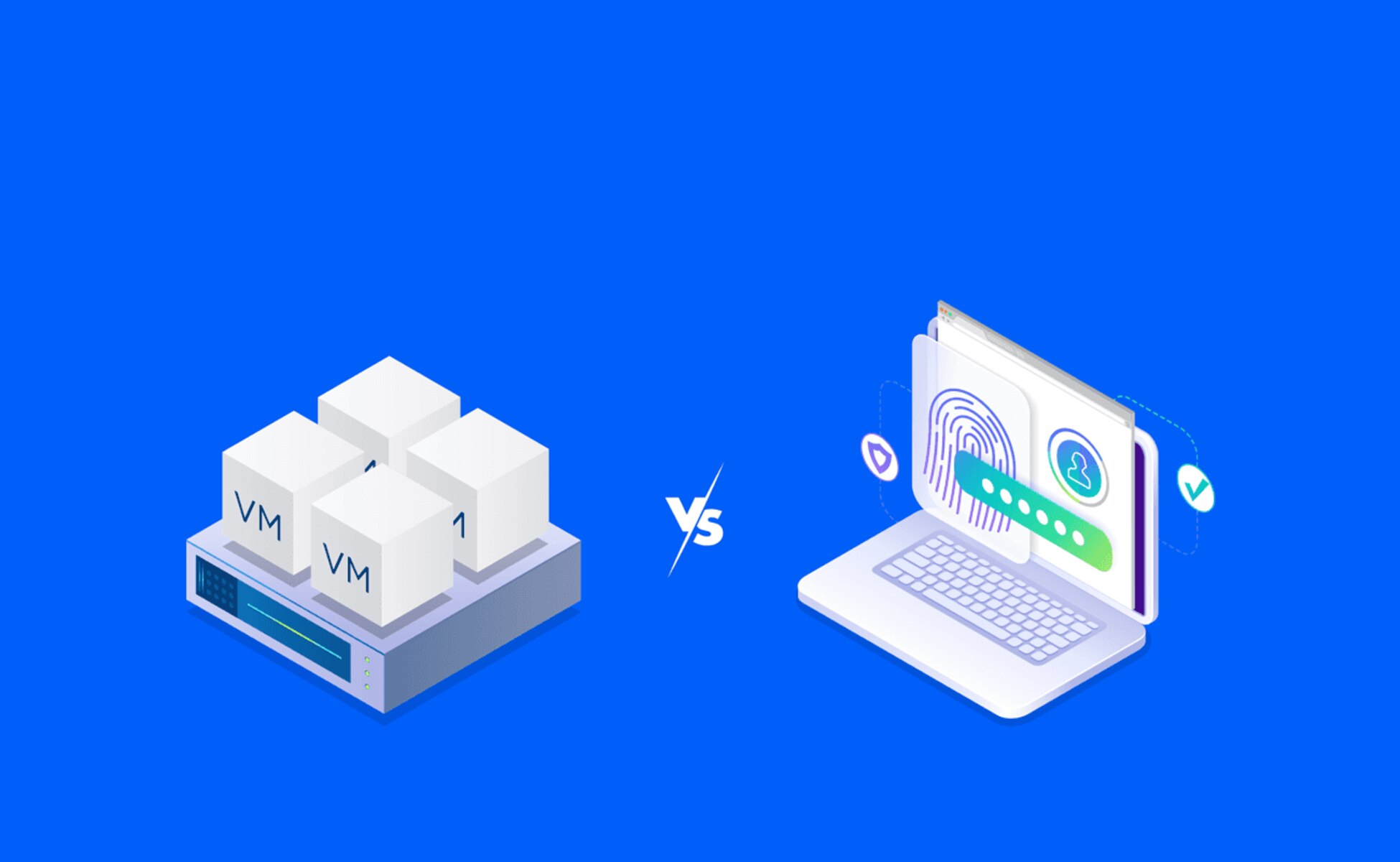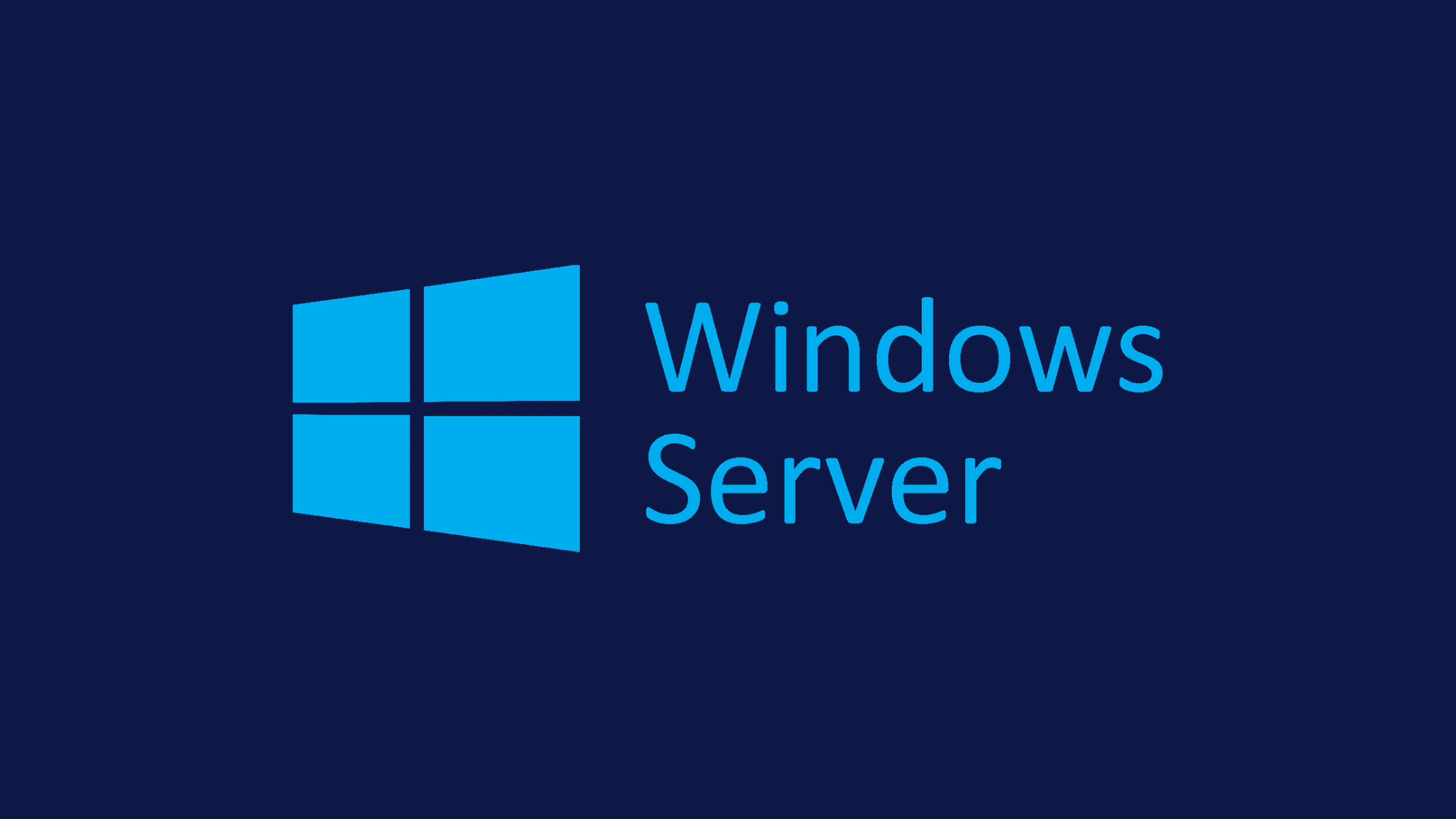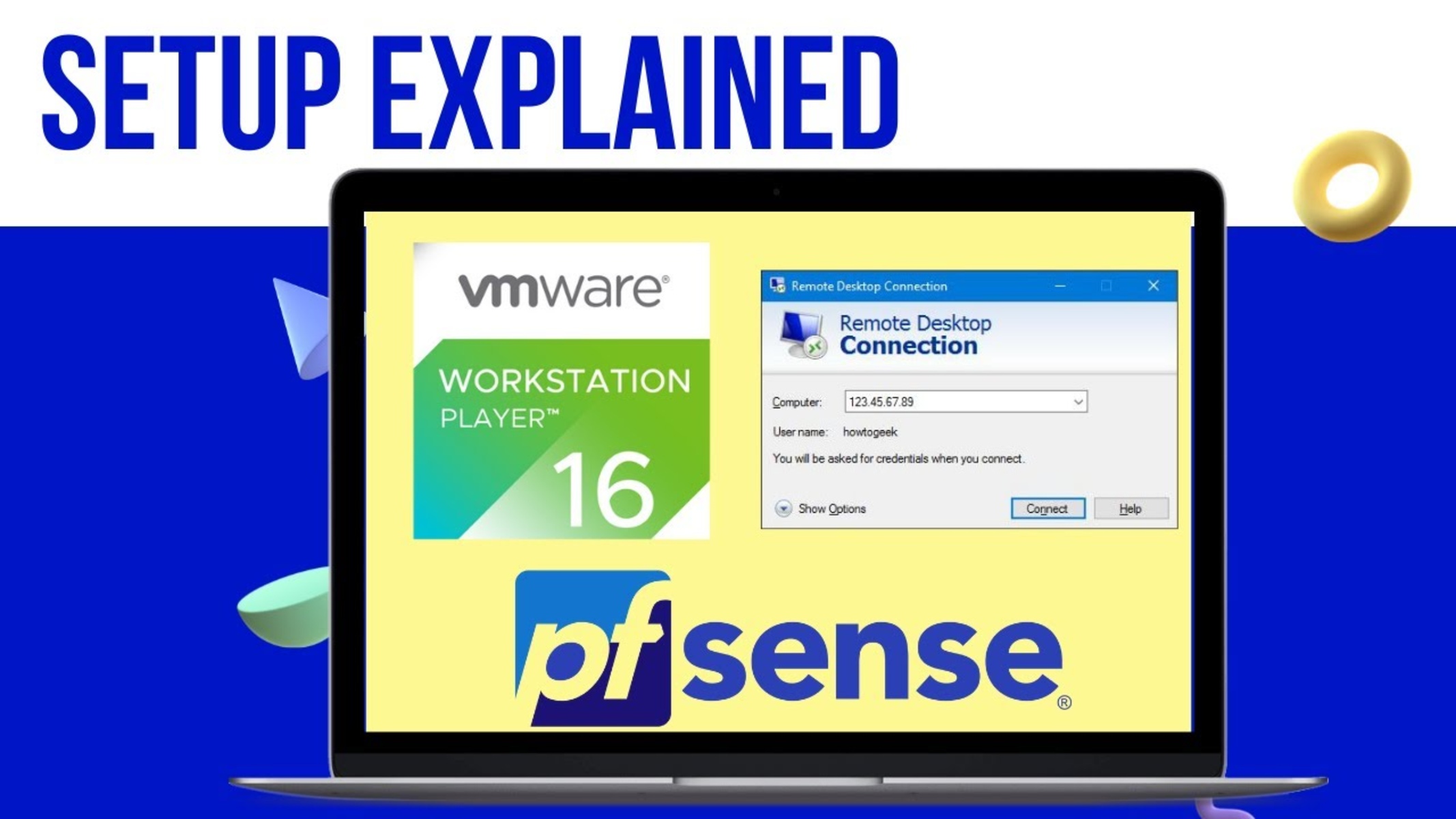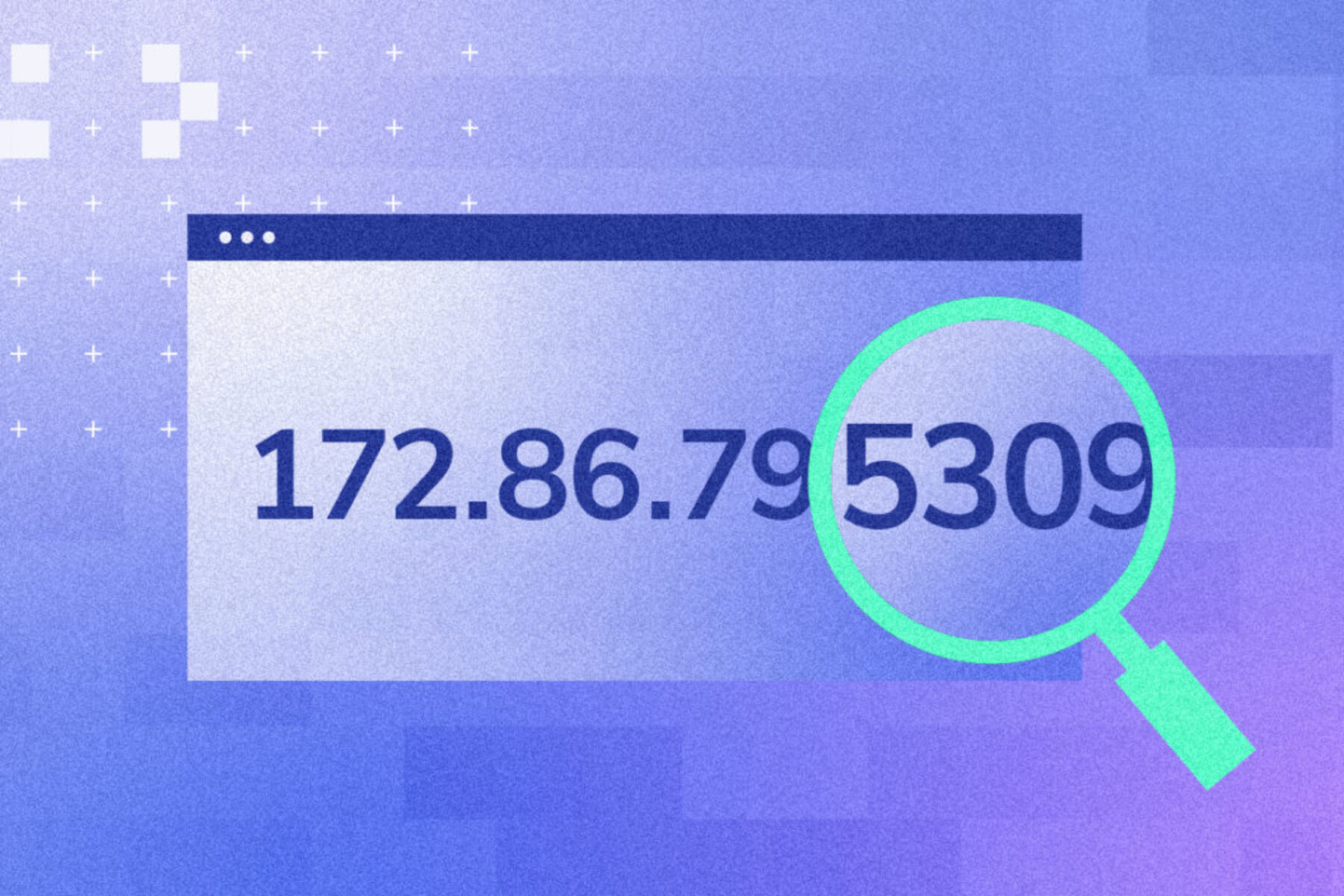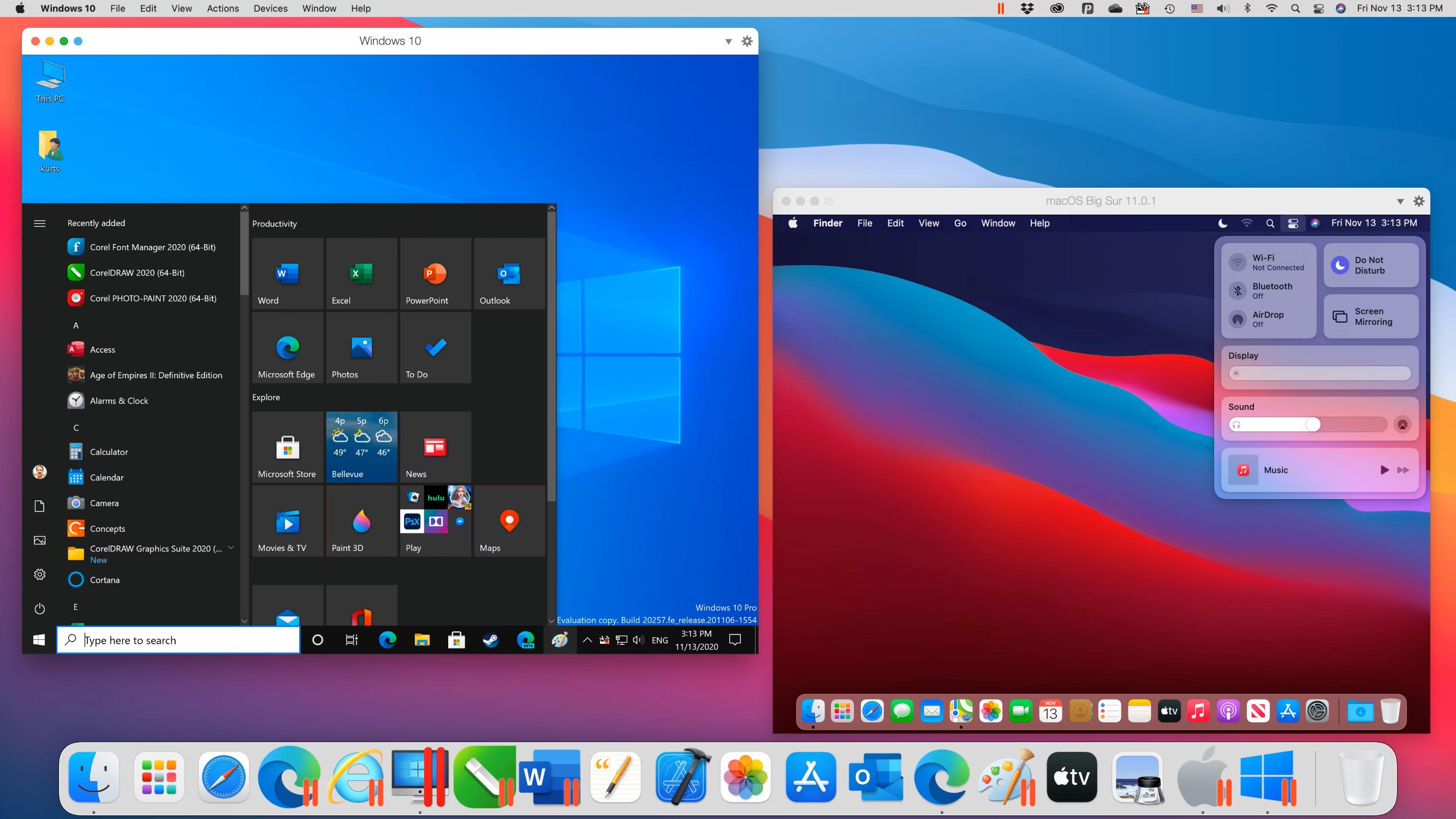Introduction
Welcome to this guide on how to connect to a virtual machine (VM). Whether you are a beginner or experienced user, connecting to a VM is a crucial step in accessing and managing remote computing resources. In this article, we will explore various methods for connecting to a VM and provide step-by-step instructions to help you get started.
A virtual machine, commonly known as a VM, is a software emulation of a physical computer. It allows you to run multiple operating systems and applications on a single physical machine, providing flexibility, scalability, and cost-efficient solutions in the world of computing. However, to fully utilize a VM, it is essential to establish a connection to access and interact with the virtual environment.
Whether you are connecting to a VM hosted on your local network, in the cloud, or on a remote server, there are several options available. The choice of connection method may depend on the operating system of the host machine, the management tools used, and the network setup.
In this guide, we will cover the following connection methods:
- Using Remote Desktop Protocol (RDP)
- Using Secure Shell (SSH)
- Using Virtual Private Network (VPN)
- Using web-based remote desktop clients
Each of these methods has its advantages and is suitable for different scenarios. Throughout this article, we will explain how to set up and utilize each method, including the necessary configurations and steps involved.
Whether you are connecting to a VM for administrative purposes, development, or any other use case, understanding these methods will empower you to access and manage your virtual resources effectively and securely.
Now that you have an overview, let’s dive into the first connection method – using Remote Desktop Protocol (RDP).
Prerequisites
Before you can connect to a virtual machine using any of the methods discussed in this guide, there are some prerequisites to consider. These requirements ensure a smooth connection and enable you to access the VM without any issues. Let’s take a look at the essential prerequisites:
- VM Configuration: Ensure that the virtual machine you intend to connect to is properly configured and running. This includes setting up the operating system, network settings, and any necessary software or services.
- Network Connectivity: Both the host machine and the virtual machine need to be connected to the same network, whether it’s an internal network or the internet. Make sure the network connection is stable and functioning correctly.
- Access Credentials: You will require the appropriate credentials to access the virtual machine. This usually involves a username and password, although it may vary depending on the connection method and the VM’s configuration.
- Firewall Configuration: Check the firewall settings on both the host machine and the VM. Make sure that the necessary ports are open and allow incoming connections, especially if you are connecting from a remote location.
- Connection Software: Depending on the connection method you choose, you may need to install specific software or applications on the host machine or your local device. Examples include Remote Desktop Protocol (RDP) clients, SSH clients, or VPN software.
- Security Considerations: It’s crucial to prioritize security when connecting to a virtual machine. Ensure that you are connecting over a secure network or use encryption protocols like SSH or VPN to protect your data during transmission.
By taking care of these prerequisites, you can minimize any potential connectivity issues and have a more streamlined experience when connecting to your virtual machine. It’s essential to have a clear understanding of these requirements before proceeding with any connection method.
Now that we have covered the necessary prerequisites, let’s move on to the first connection method – using Remote Desktop Protocol (RDP).
Option 1: Using Remote Desktop Protocol (RDP)
One of the most common and widely used methods for connecting to a virtual machine is through Remote Desktop Protocol (RDP). RDP allows you to access and control a remote desktop session on a Windows-based virtual machine from another computer or device.
Before utilizing RDP, ensure that the virtual machine has RDP enabled and configured. You will also need the following information:
- VM IP Address: The IP address of the virtual machine you want to connect to. This can be obtained from the VM’s network settings or the virtual machine management console.
- RDP Client Software: You will need an RDP client software installed on the device from which you wish to connect. Windows operating systems come with a built-in RDP client, but there are also third-party options available for other platforms.
- Username and Password: The credentials required to log in to the remote virtual machine. Make sure you have the correct username and password for the VM’s operating system.
Once you have the necessary information, follow these steps to connect to the virtual machine using RDP:
- Open the RDP client software on your device.
- Enter the IP address of the virtual machine in the designated field.
- Click “Connect” or a similar option to initiate the connection.
- When prompted, enter the username and password for the virtual machine.
- Wait for the RDP client to establish a connection with the VM. This process may take a few moments.
- Once connected, you will see the remote desktop of the virtual machine on your device, allowing you to interact with it as if you were directly using the VM.
Remember to log out of the remote session or disconnect the RDP connection when you have finished to ensure the security and availability of the virtual machine.
Using RDP provides a convenient way to access and manage a virtual machine, especially when dealing with Windows-based VMs. However, it’s important to secure your RDP connection by using strong passwords, enabling network-level authentication, and keeping the RDP client software up to date with the latest security patches.
With the RDP connection method mastered, let’s move on to Option 2: Using Secure Shell (SSH).
Option 2: Using Secure Shell (SSH)
Secure Shell (SSH) is a widely used network protocol for secure remote communication and access to a virtual machine or server. While commonly associated with Linux or Unix-based systems, SSH can also be used to connect to virtual machines running different operating systems.
To connect to a virtual machine using SSH, ensure the following prerequisites:
- SSH Server: The virtual machine must have an SSH server installed and running. Typically, this is already available on Linux-based systems, but it may require installation on other operating systems.
- SSH Client Software: You will need an SSH client installed on your local device. Most modern operating systems, including Windows, macOS, and Linux, come with a built-in SSH client. Alternatively, you can install third-party SSH clients.
- SSH Credentials: In order to connect to the virtual machine, you will need the appropriate SSH credentials, such as the username and password or SSH key pair.
Once you have met these requirements, follow these steps to connect to the virtual machine using SSH:
- Open the SSH client software on your local device. This can be a terminal or a graphical SSH client.
- Enter the IP address or hostname of the virtual machine in the SSH client’s connection configuration.
- Specify the appropriate SSH port. By default, SSH uses port 22, but it can be configured differently on the virtual machine.
- Choose the authentication method: password or SSH key. If using a password, enter the username and password associated with the virtual machine. If using an SSH key, ensure you have the private key file.
- Click “Connect” or a similar option to initiate the SSH connection.
- Depending on the SSH client, you may be prompted to confirm the authenticity of the virtual machine’s host key. Verify the fingerprint matches and confirm to continue connecting.
- Once connected, you will have a command-line interface (CLI) or terminal window through which you can interact with the virtual machine’s operating system.
Ensure that you properly disconnect the SSH session when finished using the virtual machine to prevent unauthorized access and maintain system security.
Using SSH for remote access provides a secure and powerful way to manage virtual machines. It encrypts the communication between your local device and the VM, protecting your data and credentials from potential threats. Additionally, SSH supports advanced features like file transfer and port forwarding, enhancing the flexibility of your remote connections.
Now that you understand how to connect to a virtual machine using SSH, let’s explore Option 3: Using Virtual Private Network (VPN).
Option 3: Using Virtual Private Network (VPN)
Another reliable method for connecting to a virtual machine is by using a Virtual Private Network (VPN). A VPN creates a secure and encrypted connection between your local device and the virtual machine, allowing you to access resources on the remote network as if you were physically present.
Before utilizing a VPN to connect to a virtual machine, make sure to have the following prerequisites:
- VPN Server: The virtual machine or the network in which it resides must have a VPN server set up. This can be an on-premises or cloud-based VPN server.
- VPN Client Software: Install a VPN client application on your local device. Many operating systems provide built-in VPN client software, or you can choose from various third-party VPN clients.
- VPN Credentials: Obtain the necessary VPN credentials, including the server IP address or hostname, authentication method, and user credentials.
Once you have met these requirements, follow these steps to connect to the virtual machine using a VPN:
- Launch the VPN client software on your local device.
- Enter the IP address or hostname of the VPN server.
- Specify the appropriate VPN protocol and port. Common protocols include OpenVPN, PPTP, L2TP/IPsec, and IKEv2.
- Choose the authentication method: username and password, certificate, or token.
- Enter the VPN credentials as required.
- Click “Connect” or a similar option to establish the VPN connection.
- Once the VPN connection is established, you will be connected to the virtual machine’s network as if you were physically connected to it.
With the VPN connection established, you can now access the virtual machine and its resources securely. You can use any appropriate method, such as RDP or SSH, to connect to the virtual machine by its internal IP address or hostname.
Using a VPN adds an extra layer of security, as the communication between your local device and the virtual machine is encrypted. It also allows you to access resources within the virtual machine’s network that may otherwise be restricted to external connections.
Now that you are familiar with connecting to a virtual machine using a VPN, let’s move on to Option 4: Using web-based remote desktop clients.
Option 4: Using Web-based Remote Desktop Clients
Web-based remote desktop clients provide a convenient way to connect to a virtual machine directly from a web browser, without the need to install additional software on your local device. This method is particularly useful when accessing a virtual machine from devices where it’s not feasible or allowed to install dedicated client applications.
To connect to a virtual machine using a web-based remote desktop client, you need to ensure the following prerequisites:
- Remote Desktop Gateway: The virtual machine or the network it resides in must have a Remote Desktop Gateway (RD Gateway) server set up. This server acts as a middleman between your web browser and the virtual machine, providing secure access.
- Supported Web Browser: Make sure you have a web browser that supports web-based remote desktop clients. Most modern browsers, such as Google Chrome, Mozilla Firefox, Microsoft Edge, and Safari, have built-in support for this functionality.
- Access Permissions: Ensure you have the necessary access permissions and credentials to connect to the virtual machine through the RD Gateway.
Once you have met these requirements, follow these steps to connect to the virtual machine using a web-based remote desktop client:
- Open your web browser and navigate to the RD Gateway server’s web-based remote desktop client URL. This URL is typically provided by your system administrator.
- Enter the necessary credentials, such as your username and password, to authenticate with the RD Gateway server.
- Select the virtual machine you want to connect to from the available options.
- Click “Connect” or a similar option to initiate the remote desktop session.
- Depending on the configuration, you may be prompted to confirm the authenticity of the RD Gateway server’s SSL certificate. Verify the details and proceed to establish the connection.
- After the connection is established, the virtual machine’s desktop will appear within your web browser, allowing you to interact with it using the remote desktop controls.
Web-based remote desktop clients provide a user-friendly and accessible method for connecting to a virtual machine, making it convenient for users who require remote access without the need for dedicated client software. However, ensure that you are connected via a secure network and follow best practices to safeguard your data and privacy.
With this knowledge of web-based remote desktop clients, you now have multiple methods at your disposal to connect to a virtual machine. It’s important to understand the unique advantages and considerations of each option to choose the most suitable one for your specific use case.
Conclusion
Connecting to a virtual machine opens up a world of possibilities for remote access and management of computing resources. Whether you choose to use Remote Desktop Protocol (RDP), Secure Shell (SSH), Virtual Private Network (VPN), or web-based remote desktop clients, each method offers its own advantages and considerations.
With RDP, you can access Windows-based virtual machines and enjoy a seamless remote desktop experience. SSH provides secure command-line access to virtual machines, supporting both Linux and other operating systems. VPNs ensure encrypted connections and enable you to access resources within the virtual machine’s network securely. Finally, web-based remote desktop clients simplify access by allowing you to connect directly from a web browser, without the need for additional software.
Regardless of the method you choose, it is crucial to ensure that you meet the necessary prerequisites, have the correct credentials, and follow best practices for security. Always remember to log out or disconnect from the remote session when you have finished to maintain the integrity and privacy of the virtual machine.
By understanding and utilizing these various connection methods, you can effectively connect to your virtual machines, regardless of their location or operating system. This flexibility not only allows you to manage your resources efficiently but also empowers you to work remotely, collaborate with others, and access your virtual environment from anywhere in the world.
Now that you have a comprehensive understanding of connecting to virtual machines, it’s time to explore and utilize these methods to enhance your remote computing experience.







